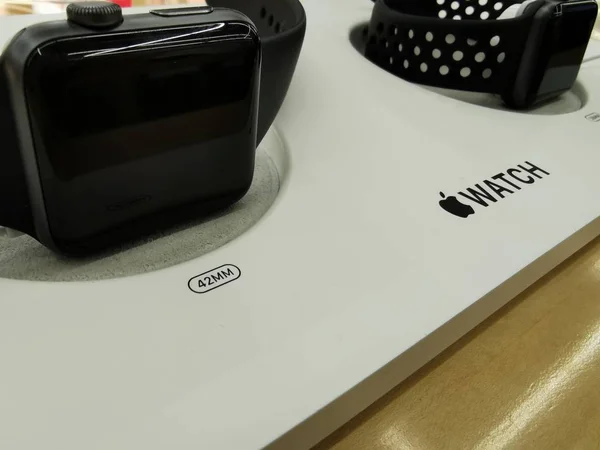
Apple Watches Can Detect Arrhythmias in Children – It’s not quite as simple as “fact” or “myth.” The truth lies somewhere in between, with a healthy dose of “it depends.”
For children, the thump-thump of a healthy heart can sometimes take a detour, manifesting as irregular rhythms that can go unnoticed, with potentially serious consequences.
A recent Stanford University study suggests that Apple Watches, with their built-in heart sensors and ECG apps, could play a role in detecting arrhythmias in children. The study found that in some cases, smartwatches even picked up arrhythmias that traditional monitoring methods missed.
Traditionally, diagnosing arrhythmias in children has relied on methods like event monitors, often cumbersome and prone to limitations. These monitors can miss fleeting episodes, struggle with skin irritation, and prove frustratingly short-lived for capturing unpredictable rhythms that might lie dormant for months.
Enter the Apple Watch, with its built-in heart sensor and ECG app. While not yet specifically approved for arrhythmia detection in children, the study hints at its potential to surpass traditional methods.
The research looked at four years of electronic medical records at Stanford Medicine Children’s Health, finding 145 mentions of “Apple Watch.” Among these instances, 41 children had confirmed arrhythmias, with the smartwatch playing a crucial role in 29 diagnoses. Notably, 10 of these cases were missed by conventional monitoring methods.
The smartwatch’s contribution wasn’t limited to confirmed diagnoses. Nearly a quarter of children using it for general heart rate monitoring sought medical attention based on device findings, even when no arrhythmias were ultimately identified. This highlights the potential of the watch as an alert system, prompting proactive investigations of potential heart issues.
However, challenges remain. Existing smartwatch algorithms are primarily tailored for adults, overlooking the intricacies of children’s hearts, which beat faster and experience different types of anomalies. This underscores the need for pediatric-specific algorithms, developed using real-world data from children, to unlock the full potential of smartwatches in this domain.
While the U.S. Food and Drug Administration currently restricts Apple’s arrhythmia detection features to adults, the Stanford study paints a compelling picture of a future where these technologies, with appropriate adaptations, could revolutionize pediatric heart care. By offering continuous, convenient, and potentially more sensitive monitoring, smartwatches could become a powerful tool in identifying and managing irregular heart rhythms in children, paving the way for earlier intervention and better outcomes.
Key Takeaway
The key takeaway is that while smartwatches hold promise for detecting arrhythmias in children, they are not yet a reliable diagnostic tool.
Here’s a quick summary:
- Early indications: A recent study suggests smartwatches have the potential to identify irregular heart rhythms in children, even surpassing traditional methods in some cases.
- Current limitations: However, existing smartwatch algorithms are designed for adults and cannot accurately detect all types of childhood arrhythmias. Additionally, FDA approval for this use is lacking.
- More research needed: Further studies are crucial to develop pediatric-specific algorithms and validate their effectiveness in diagnosing arrhythmias.
- Doctor remains key: Despite the smartwatch’s potential, consulting a doctor for proper evaluation and diagnosis remains essential.
Remember, smartwatches can be a helpful tool for monitoring heart health, but never rely solely on them for crucial medical decisions. Always prioritize seeking professional medical advice if you have any concerns about your child’s heart rhythm.
Don’t Miss: New Gene Therapy for Childhood Epilepsy: UCL Researchers Spark Hope for Seizure-Free Future